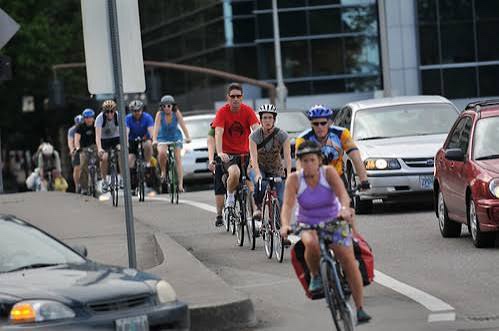
As some understand, Europe and North America overall have different approaches to developing cycling and walking infrastructure.
Drivers in NA are a major concern in planning and developing cycling and walking infrastructure because they are notoriously aggressive and distracted which requires far more separation from cars in infrastructure.
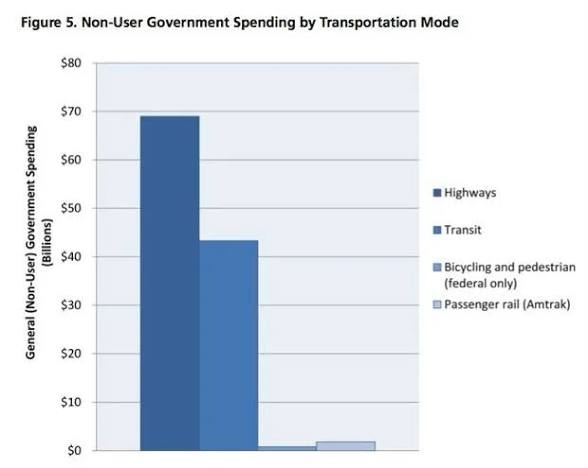
Cars in NA are also not only competing far more for space on roads but also for government spending. From NHTSA, bicycles and pedestrians received only $6.6 million versus $1.3 billion for vehicles or only 0.5 percent of total NHTSA spending on these three modes.
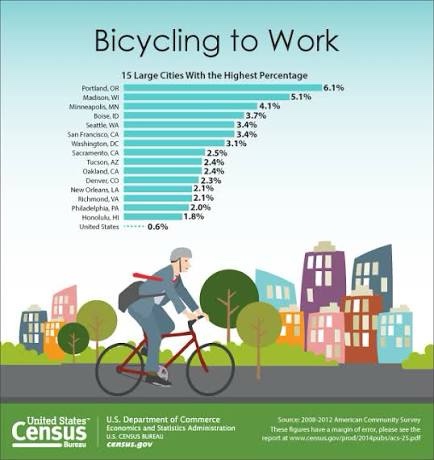
255 million people drove a car in 2023. But over 100 million people ride a bicycle or walk in the US annually or a far higher 28% of the total for these 3 transport modes. More equitable, fair and efficient spending to benefit more our communities requires a percentage of government spending far closer to 28% for bicycling and walking.
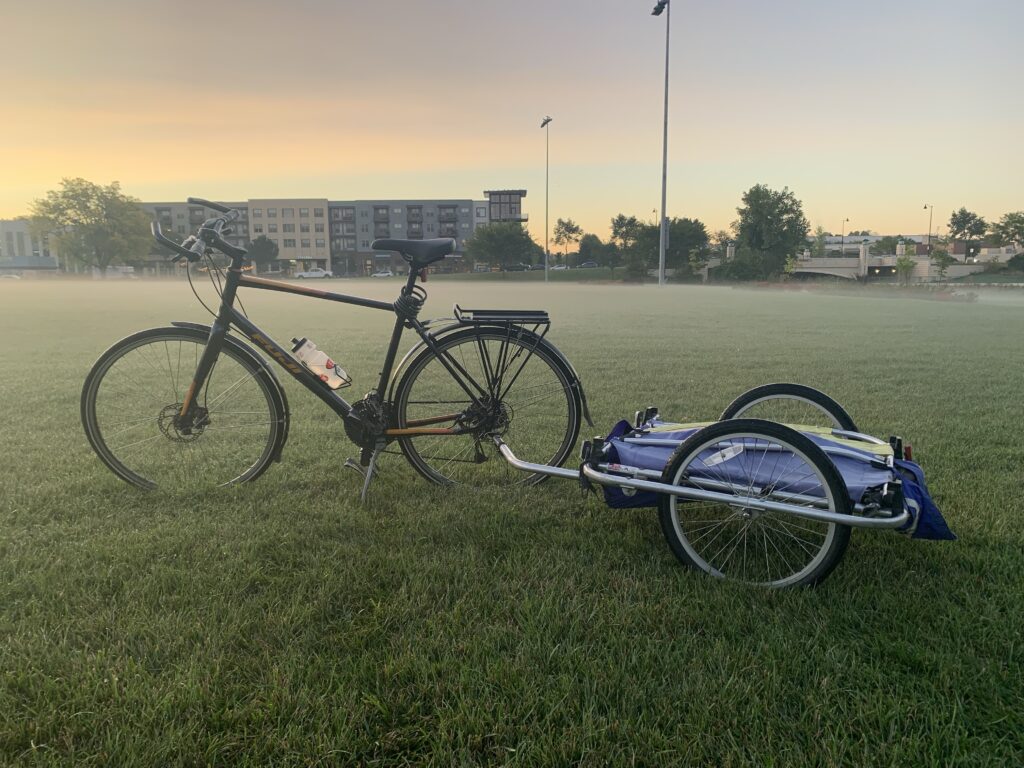
Separation from vehicles means safety for other road users and fear of drivers is why fewer people ride or walk in the US comparatively.
Ecological mass transit is just beginning to reach US cities. Walking to a bus stop or placing one’s bike in a rack in front of the bus is a real benefit that many across the US don’t have at present.
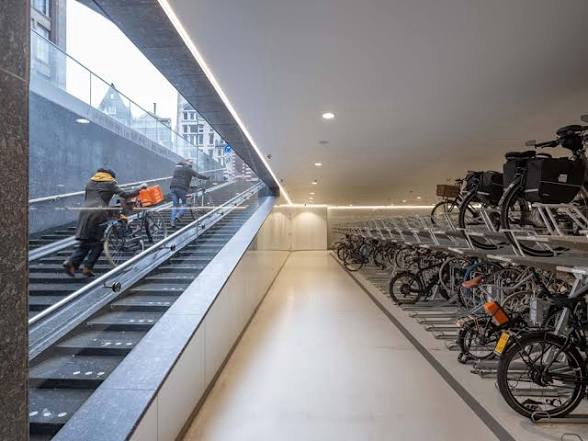
With more fair and representative funding, the US would see commensurate investment in larger infrastructure projects mirroring the success of Europe for growing numbers of non-car transport modes.
On the other hand, European governments with top-down planning have made it a high priority to remove dated car infrastructure and replace it with cutting-edge cycling and walking infrastructure.
Drivers overall in Europe are less aggressive. There are far more mass transit making cars less essential.
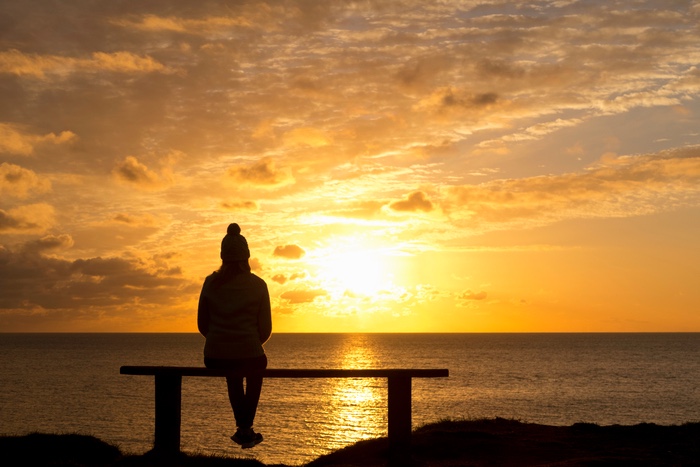
While riding or walking or anytime, it is extremely harmful to look directly into the sun without appropriate UV protection.
The sun’s intense ultraviolet (UV) and infrared (IR) radiation can cause severe and potentially irreversible eye damage in a matter of seconds, even during a solar eclipse.